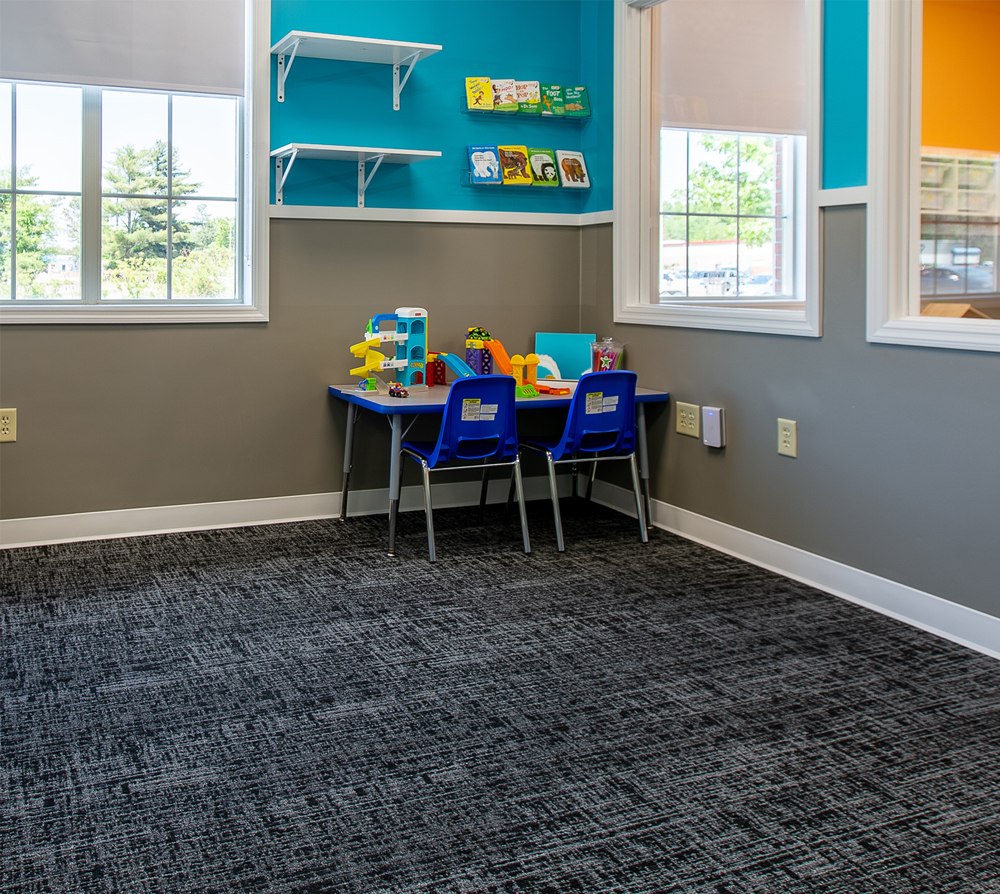What is Verbal Behavior Therapy – Lighthouse Autism Center
Verbal Behavior Therapy is a vital tool used to help those with autism improve their communication skills. Learn more about this approach to teaching communication and the benefits it offers autistic people.
What Is Verbal Behavior Therapy?
Communication is the foundation of human interaction, enabling us to connect, share ideas, resolve conflicts, and collaborate with others in our daily lives. However, this seemingly simple task can present distinct challenges for autistic children for a number of reasons, from neurological differences to sensory sensitivities and social factors.
Verbal Behavioral Therapy (VBT) is an evidence-based approach rooted in the principles of Applied Behavior Analysis (ABA). The ABA verbal behavior approach sees verbal communication as a learned behavior and focuses specifically on teaching and improving a person’s verbal communication skills. It is a practice aimed at helping people who struggle in this area to develop their functional language and communication skills.

At Lighthouse Autism Center, we use the Verbal Behavioral (VB) branch of ABA to teach autistic children essential communication and language skills. We focus on why we use language, the purpose of words, and how autistic children can use their words to communicate their needs, wants, and ideas in a meaningful and effective way.
VBT is derived from the same philosophy of behaviorism that underpins ABA. It employs basic scientific methodologies to develop socially and educationally significant behaviors. VBT emphasizes the use of language within environmental contexts and verbal communities so that the learned communication skills are both functional and contextually relevant.
How Does Verbal Behavior Therapy Work?
VBT uses verbal operants, or types of verbal behavior, to teach autistic children how to communicate better, and this verbal behavior approach can be very effective as a part of early intervention. It breaks down language into different uses and focuses on how these can be applied in everyday situations to help autistic children understand the purpose of language and improve their communication skills. Some of these operants include:
- Mand: When a person or child uses language to make a request. For example, if the child is thirsty, they will say “water” and receive a glass of water to drink.
- Tact: When a person or child labels something in the environment. For example, the child may see a glass filled with water and then say, “Water.”
- Intraverbal: When a person or child is able to respond to a question. For example, when a teacher asks, “Would you like a glass of water to drink?” and the child responds, “Yes.”
- Echoic: When a person or child repeats what another person said. For example, when a teacher says “water,” and the child repeats the word “water.”
These verbal behavior examples demonstrate how VBT breaks down communication into functional units. So, when a child masters these different types of verbal behavior, they will be better able to understand and use language in meaningful ways.
The History of Verbal Behavior Therapy
The research and practices of VBT are based on the book “Verbal Behavior,” published in 1957 by the very influential behaviorist, B.F. Skinner. Skinner discovered operant conditioning, which is the fundamental idea that behaviors that are reinforced will tend to continue, while behaviors that are punished will eventually end.
While the analysis of VB is extended from lab experiments of operant conditioning, it involves not only the environmental variables but also the behavior of other people who also use the same language. In other words, VB operates at a level where both the listener and the speaker are taken into consideration, along with any factors in the environment.
VB is different from other language theories that emphasize the cognitive or physiological process inside the living organism. B.F. Skinner’s analysis of verbal behavior turns the focus to controlling the variables in the environment that impact the cause or function of language.
This means that VB is not only for vocal verbal language but also non-vocal use of language such as gestures, eye contact, pointing, and other nonverbal cues. VBT is not too concerned with the forms or structures of language, but these are important in the analysis of linguistics.
The Pros of VBT
Many practitioners utilize ABA verbal behavior therapy as an approach to developing communication skills in autistic children. There are a number of benefits to VBT as a part of the broader framework of ABA. Some of the main pros of VBT include:
- Enhances analysis of the way we learn to speak in a natural environment. (Language acquisition can be natural but should not be confused with being innate).
- Allows language to be broken down into small sections for in-depth analysis.
- With the analysis, specific instructional sequences can be systematically developed for an autistic individual.
- When learning issues occur, the analysis allows us to pinpoint possible sources.
- Allows for individualized instructional strategies based on what the individual needs.
- Helps create intensive and systematic intervention plans for individuals who have difficulties with communication and/or intellectual disabilities.
- Intervention plans for individuals with difficulties with language and/or disabilities can be incorporated into natural and artificial settings.
- Advances empirical research due to operational definitions that can be precisely defined, and each small component can be isolated to pinpoint the primary controlling variables.
Together, we can unlock your child’s potential
Related News

06/11/2025
Overcoming Stereotypes
Autism stereotypes are common and can have significant social consequences for autistic children. Misconceptions hinder the acceptance and inclusion of autistic children. Challenging these stereotypes is vital for creating a more understanding and supportive society. Challenging Common Autism Stereotypes When people hear the word “autism,” they often imagine a narrow set of images, like the […]

06/11/2025
What’s Next After ABA Therapy?
There are a number of reasons why an autistic child might stop ABA therapy, and one is that they have reached their goals. In this article, we take a look at what parents can expect going forward. What Are the Next Steps After ABA Therapy? As a parent, you only want what’s best for your […]

06/11/2025
Do Babies with Autism Smile?
We take a look at the importance of early intervention, some of the milestones for parents to look out for, and the more common signs of autism in babies. Do Babies with Autism Smile? Watching your baby grow is an exciting time, certainly one of life’s quiet wonders. From those first sleepy stretches to the […]


